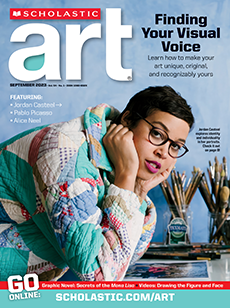Compare the paintings on this page. They’re all realistic. But notice how different they look from one another. From the colors the artists use to their compositional choices and brushwork style, every artist approaches realism in their own way.
Realistic figure painting means representing the figure accurately and truthfully. But what does that really mean?
Compare the paintings on this page. They’re all realistic. But they look different from each other too. The artists use different colors and brushwork styles to create their compositions.
